Transition Habitats, 2017
The Transition Habitats project helps the public listen to non-human indicator species, and then to interpret their messages as proposals for the future. The project grew out of Extrapolation Factory's residency at the Walker Art Center, beginning in the fall of 2016.
The first phase of the residency resulted in a four-day participatory visioning exercise in which visitors were asked to propose urban infrastructure modifications that could support species being impacted by changing climates. Visitors to the Walker developed scale prototypes of their ideas, such as rooftops for butterfly feeding, rabbit telecommunications, and bat mating stations. These miniature models were presented on an illuminated map of the areas surrounding the Walker to provide visual context for location and environmental factors.

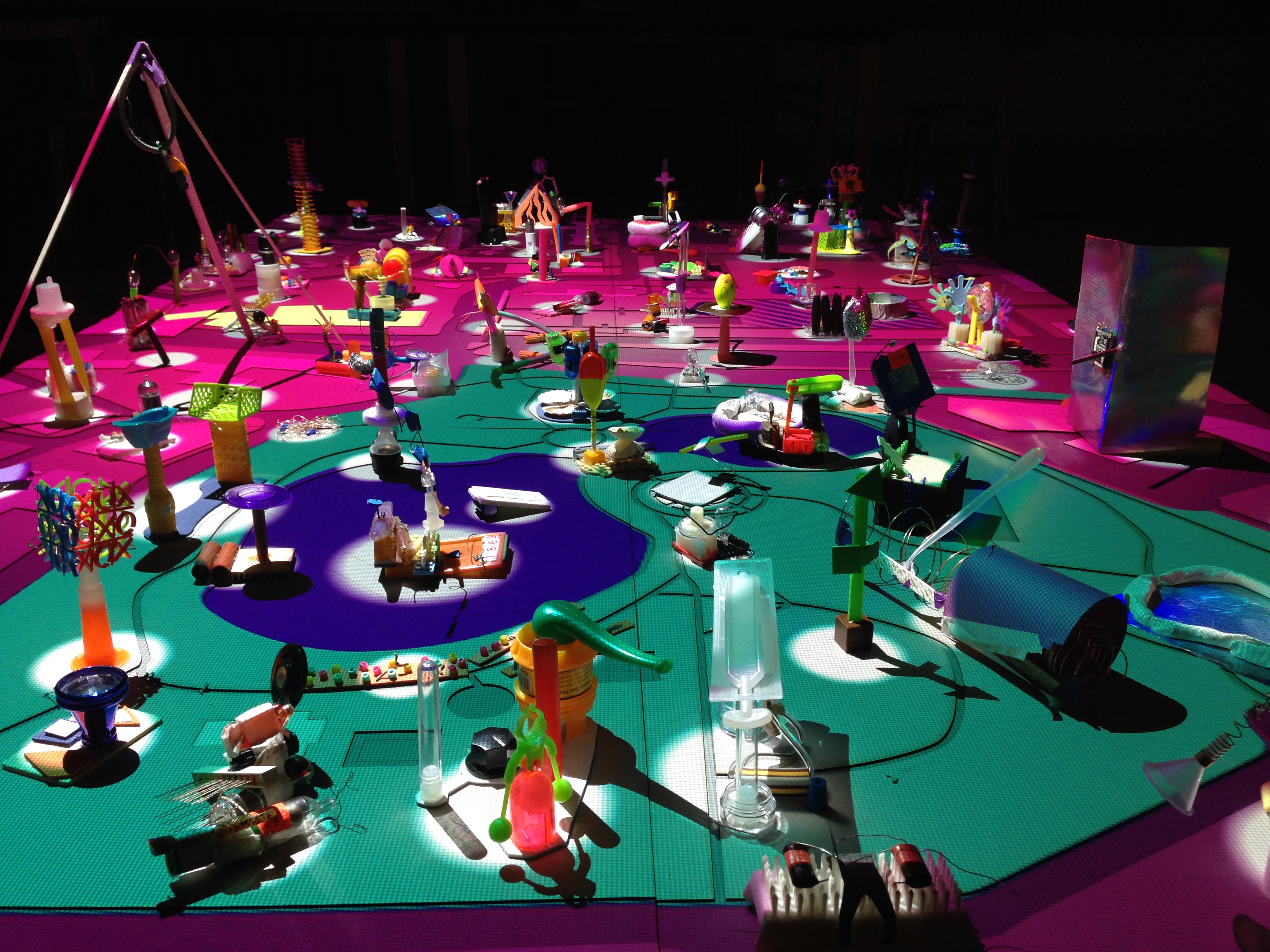
The subject of ‘communication’ was a recurring theme throughout the discussions; communication between non-human organisms, but also between species. Though interest in inter-species communication is far from novel, the current political posturing toward ecological issues might re-open speculation around this hypothetical. What messages would non-human organisms send to decision makers? If a non-human individual messaged a politician, would they be considered a constituent? How could the nation’s communication infrastructure be redesigned to serve non-human organisms?
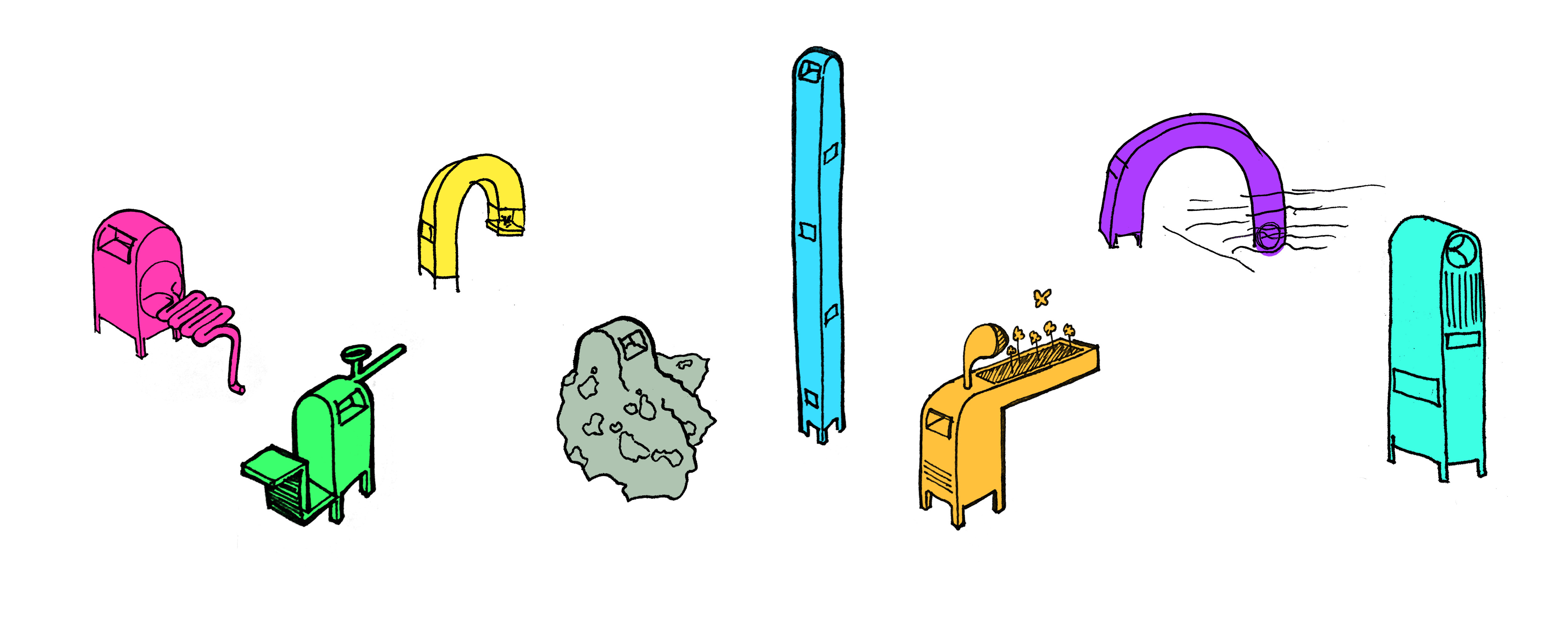
Handwritten letters are still considered to be among the most persuasive form of political messaging despite the prevalence of digital communication. Extrapolation Factory began envisioning a postal system that allows non-human individuals to send their messages as hand-written messages to decision makers. The iconic US mail collection box served as a starting point for an inter-species postal service. What if the nation's mail collection boxes were redesigned as dual-purpose message collection stations, for humans as well as another species group? Extrapolation Factory posed this question to a group of about 30 ecologists at University of Minnesota, and collected a broad range of suggestion for how this could work.

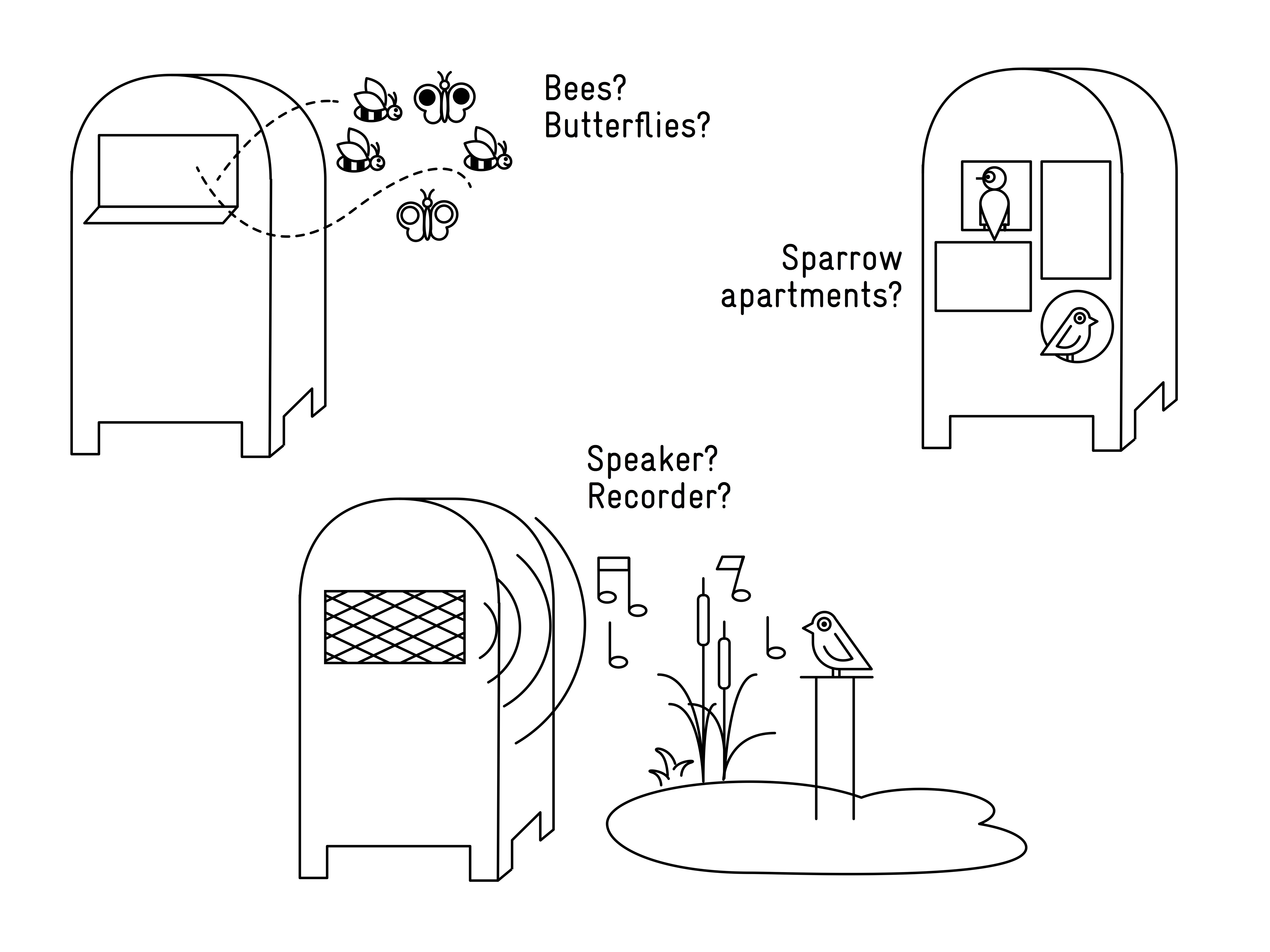
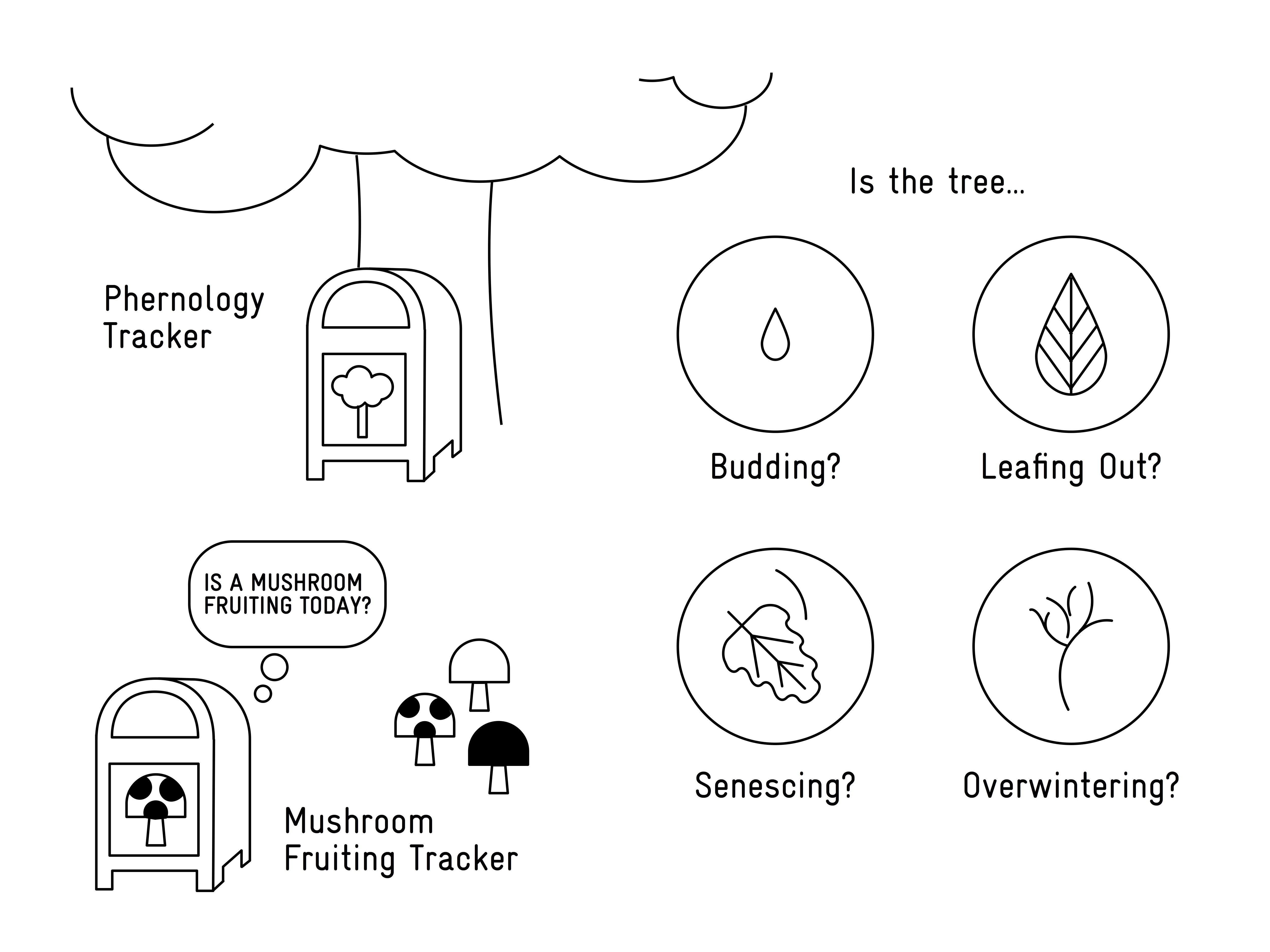

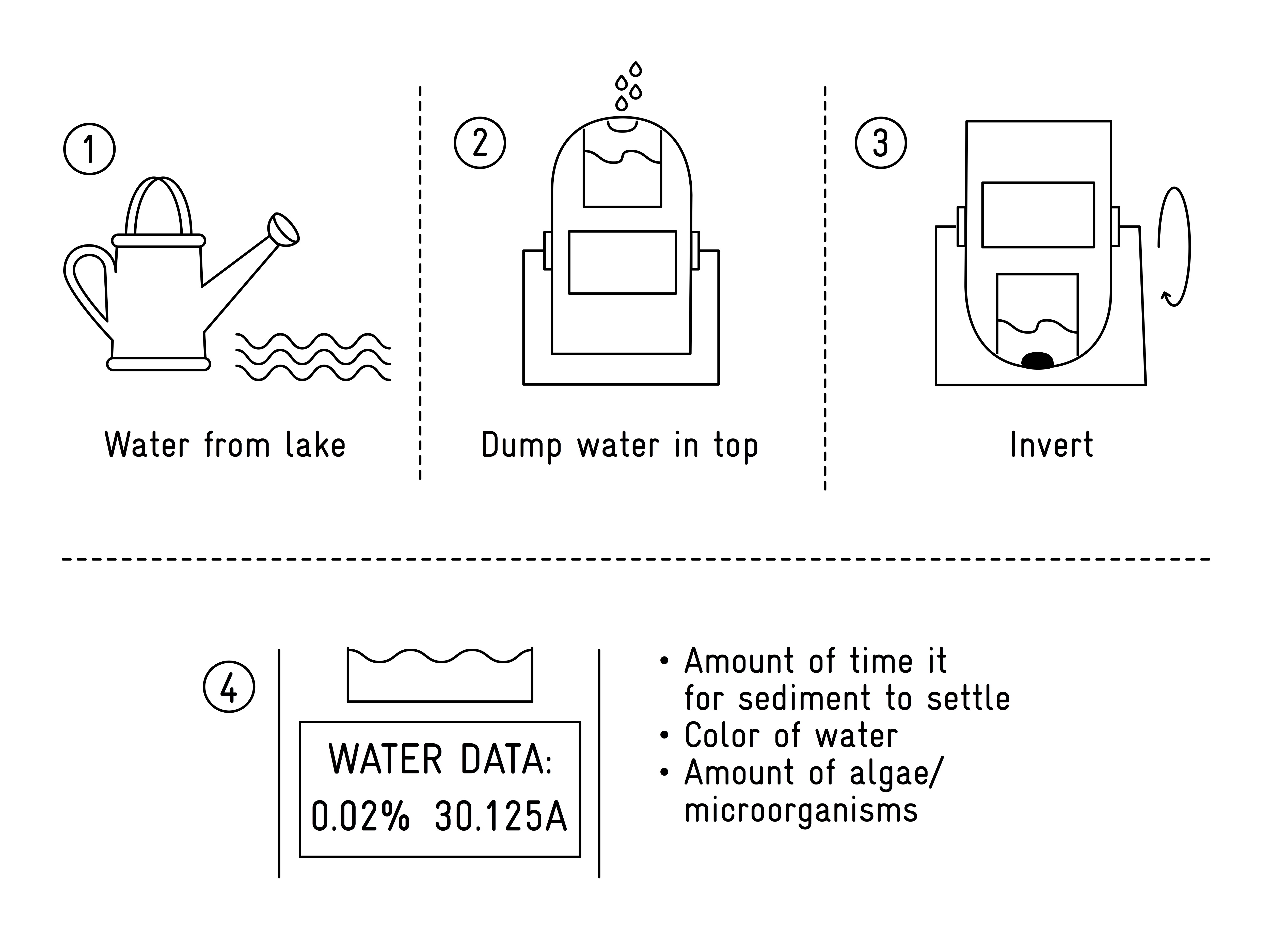
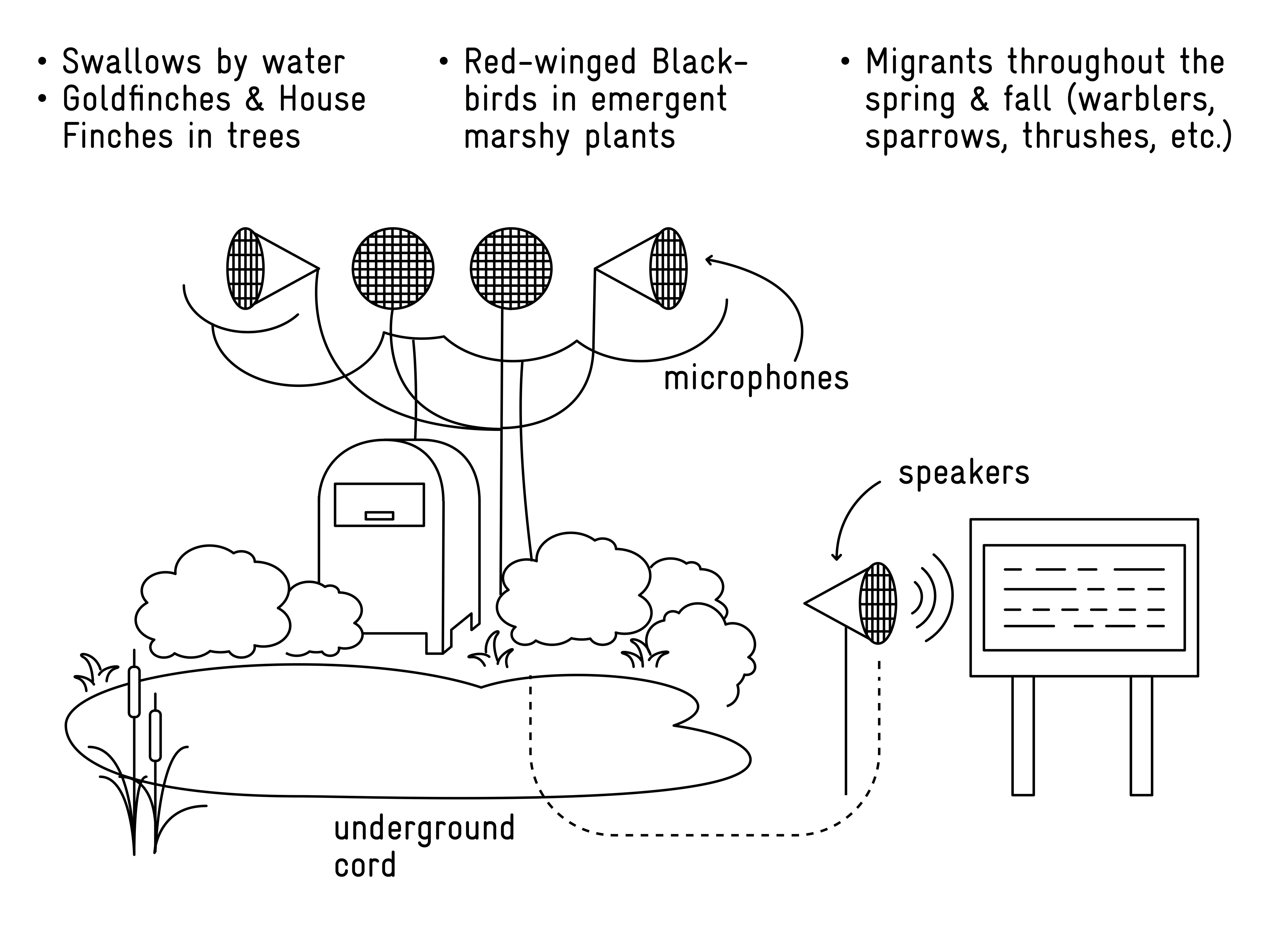
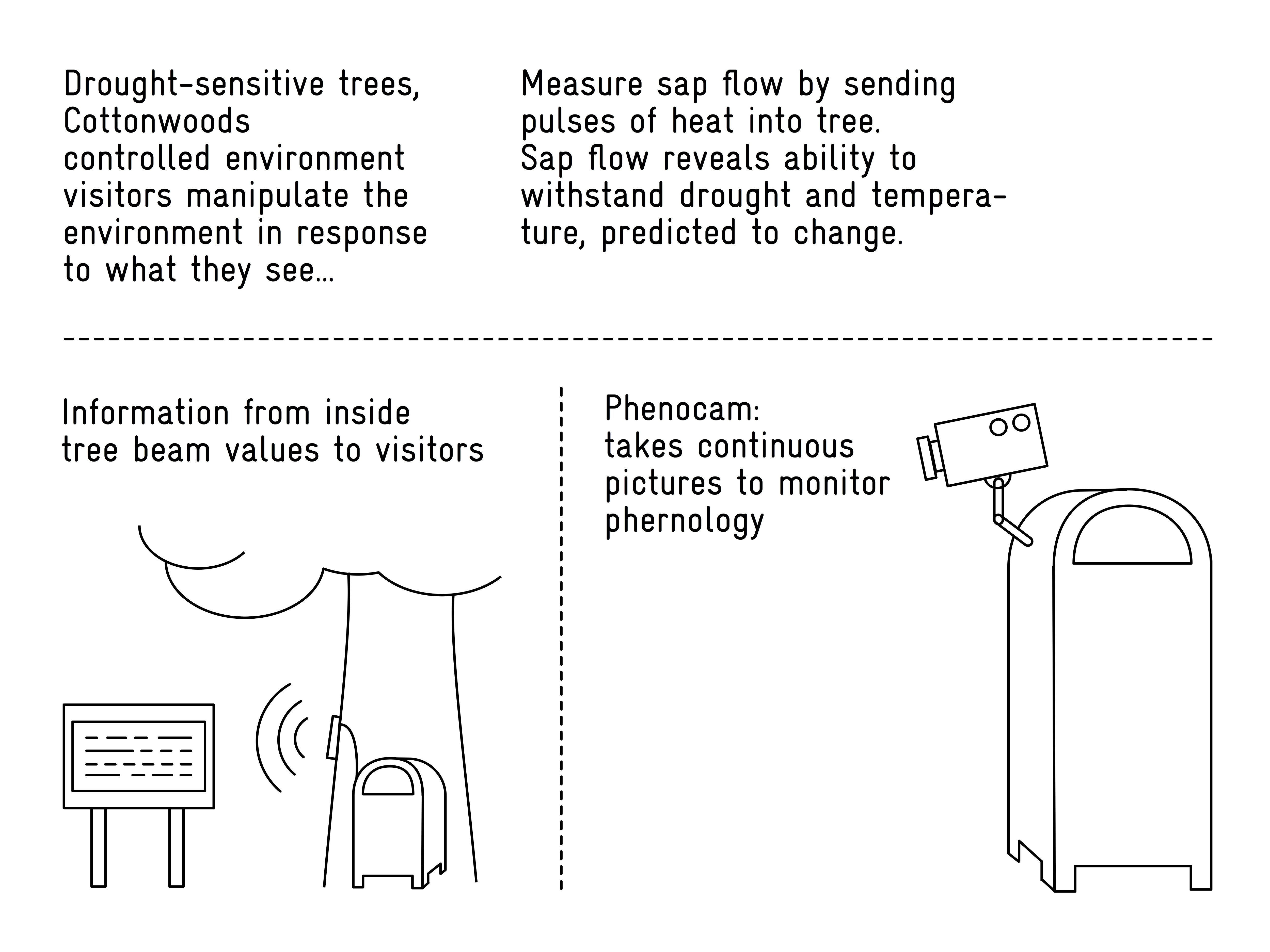
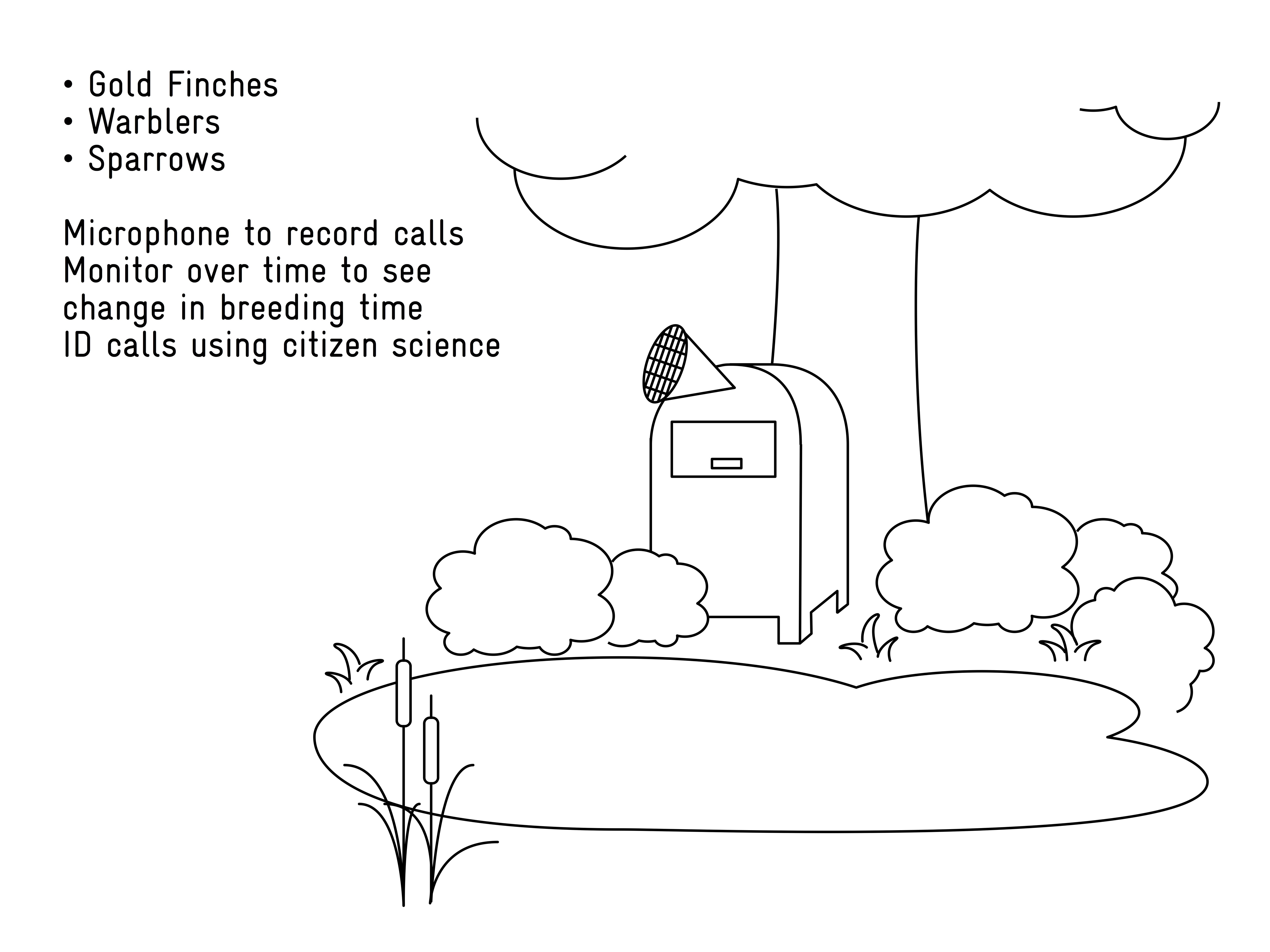
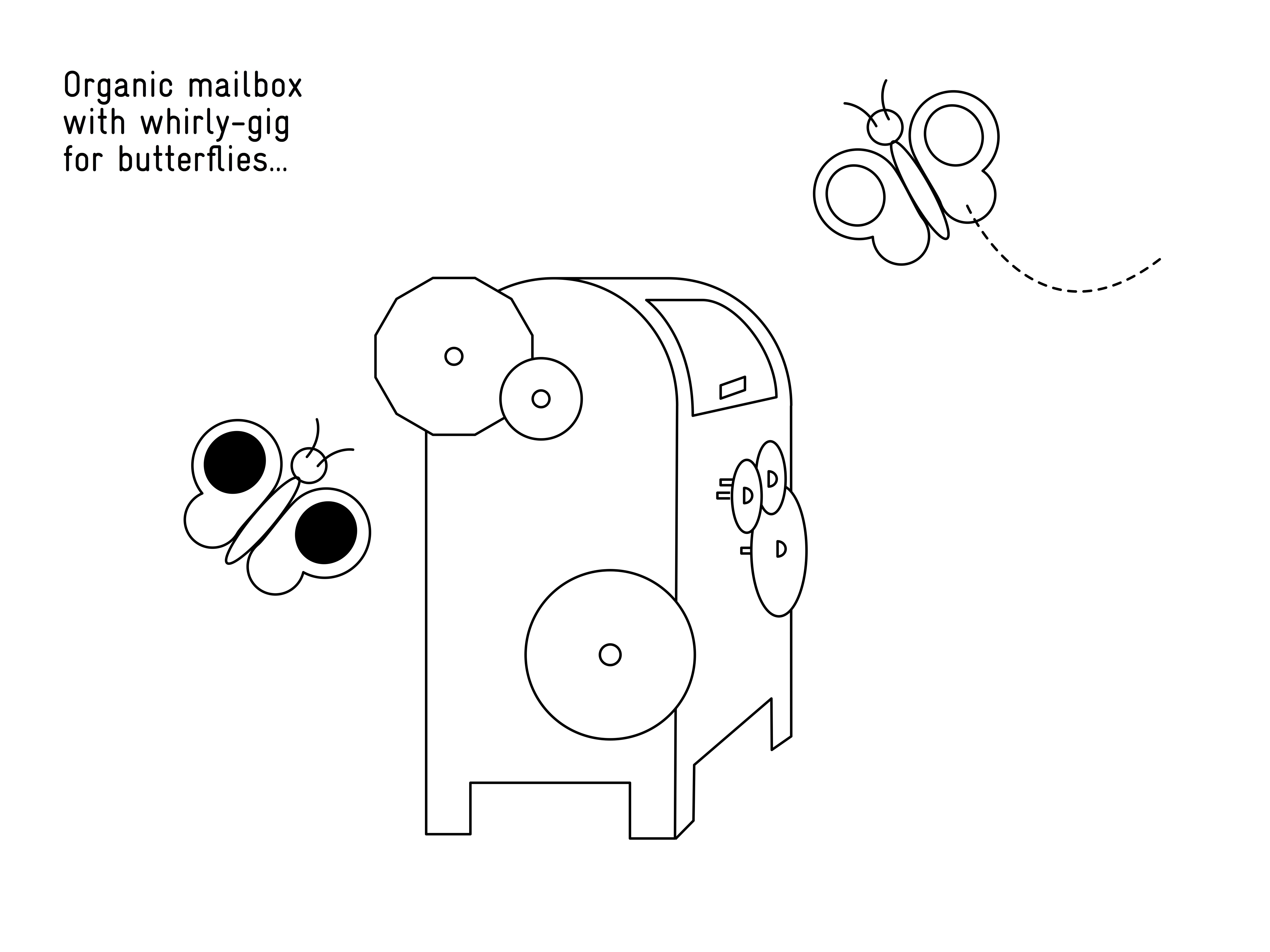

Three mail collection boxes have been designed based on these conversations, each focused on a group of indicator species which can be used to infer environmental conditions. First, a migratory bird mail collection box serves as a birdhouse that listens to the calls of birds such as warblers and simultaneously allows us to track shifts in their migration patterns in the spring and fall. Second, a pollinator mail collection box photographs monarch butterflies and other insects by alluring them with an artificial flower. These indicators can signal environmental stressors such as pollutants and radiation. Third, a lichen mail collection box straddles a boulder covered in lichen, enabling viewers to observe growth patterns and color changes. Lichens are good indicators of air quality.
These three mail collection boxes will be on view in the Minneapolis Sculpture Garden for its re-opening on June 2017. Accompanying the collection boxes, visitors were finding the Inter-Species Postal Service office, allowing the public to observe the types of data that could be captured by these devices over time. The post office will help visitors interpret messages from non-human individuals as hand-written letters to local representatives.
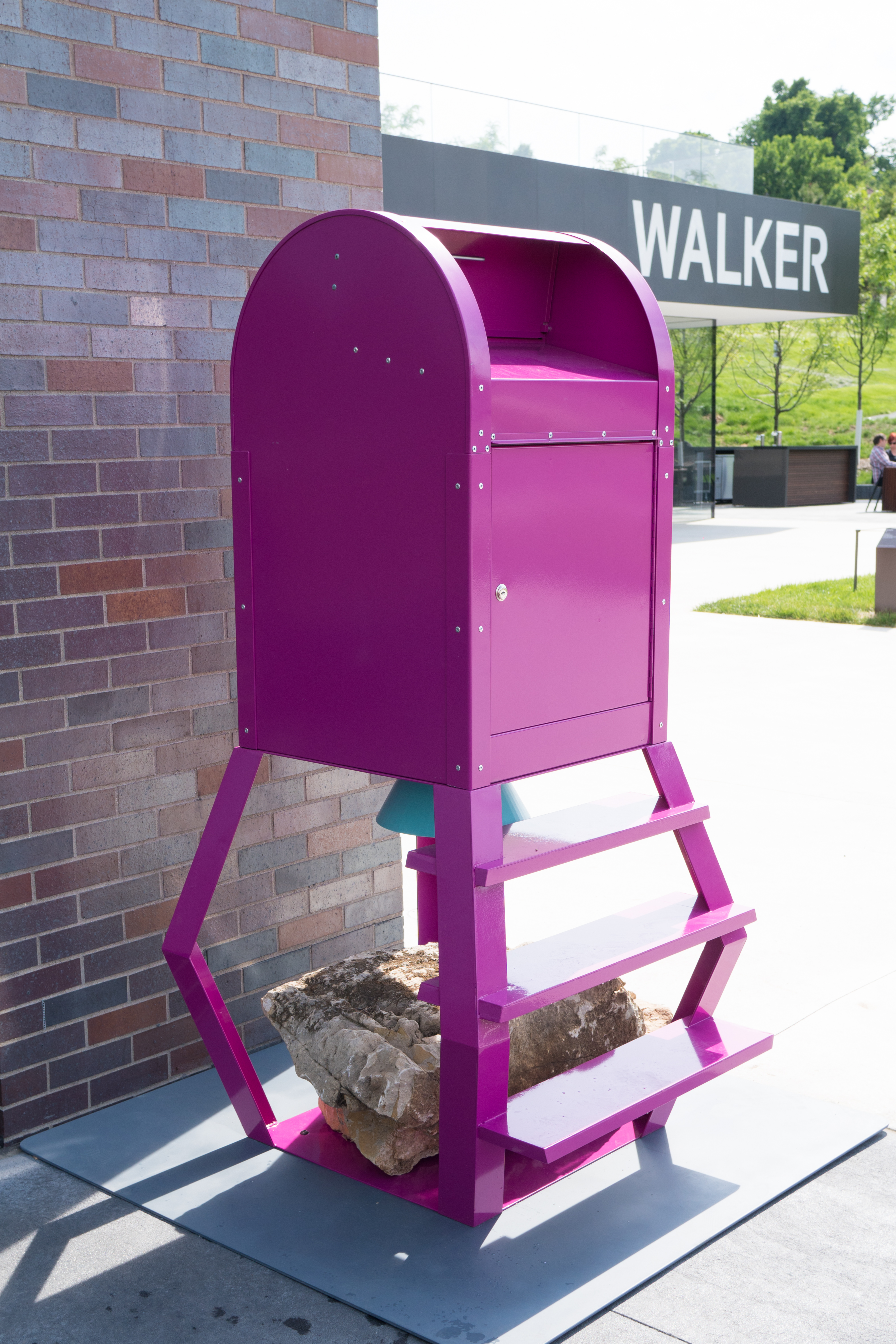
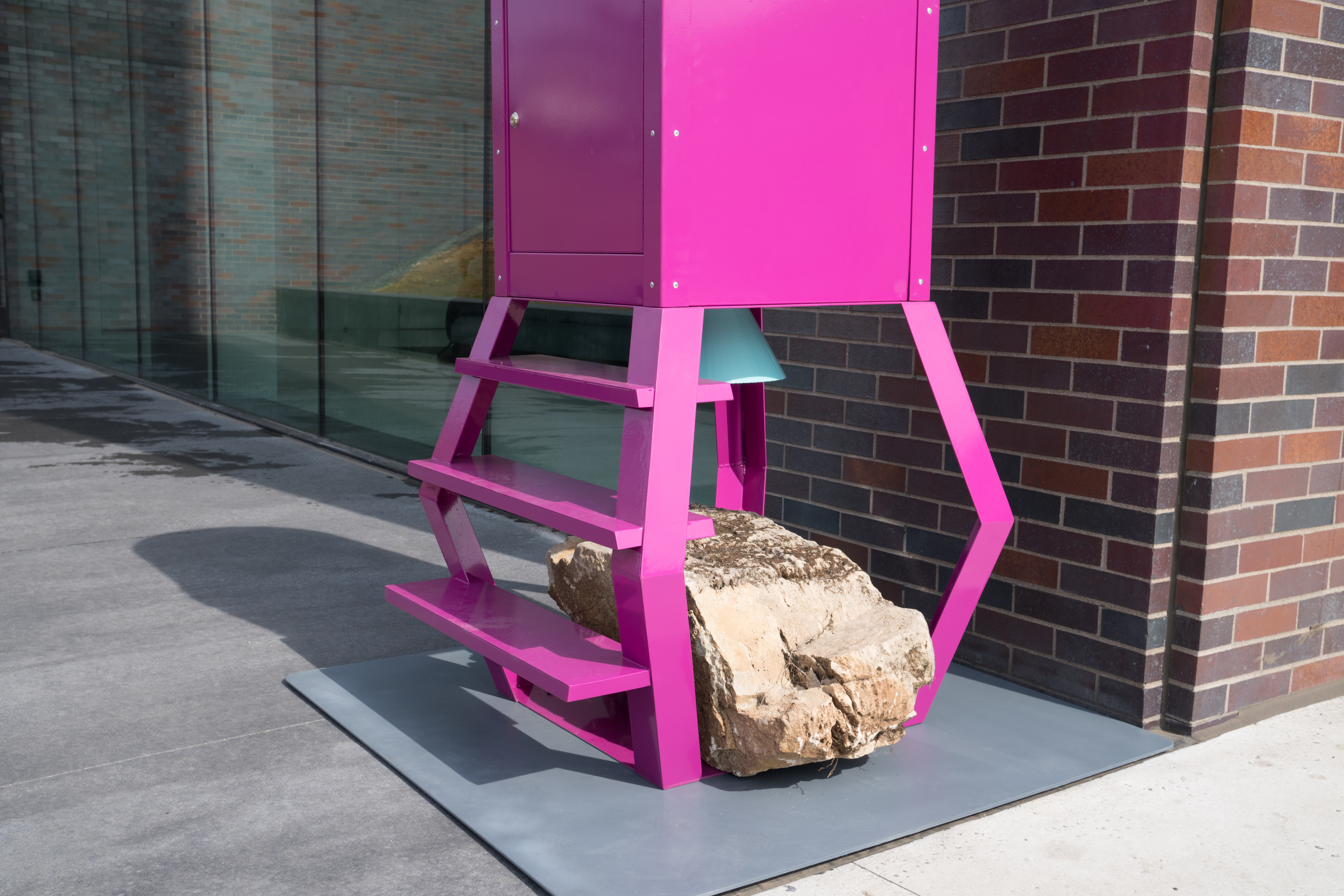


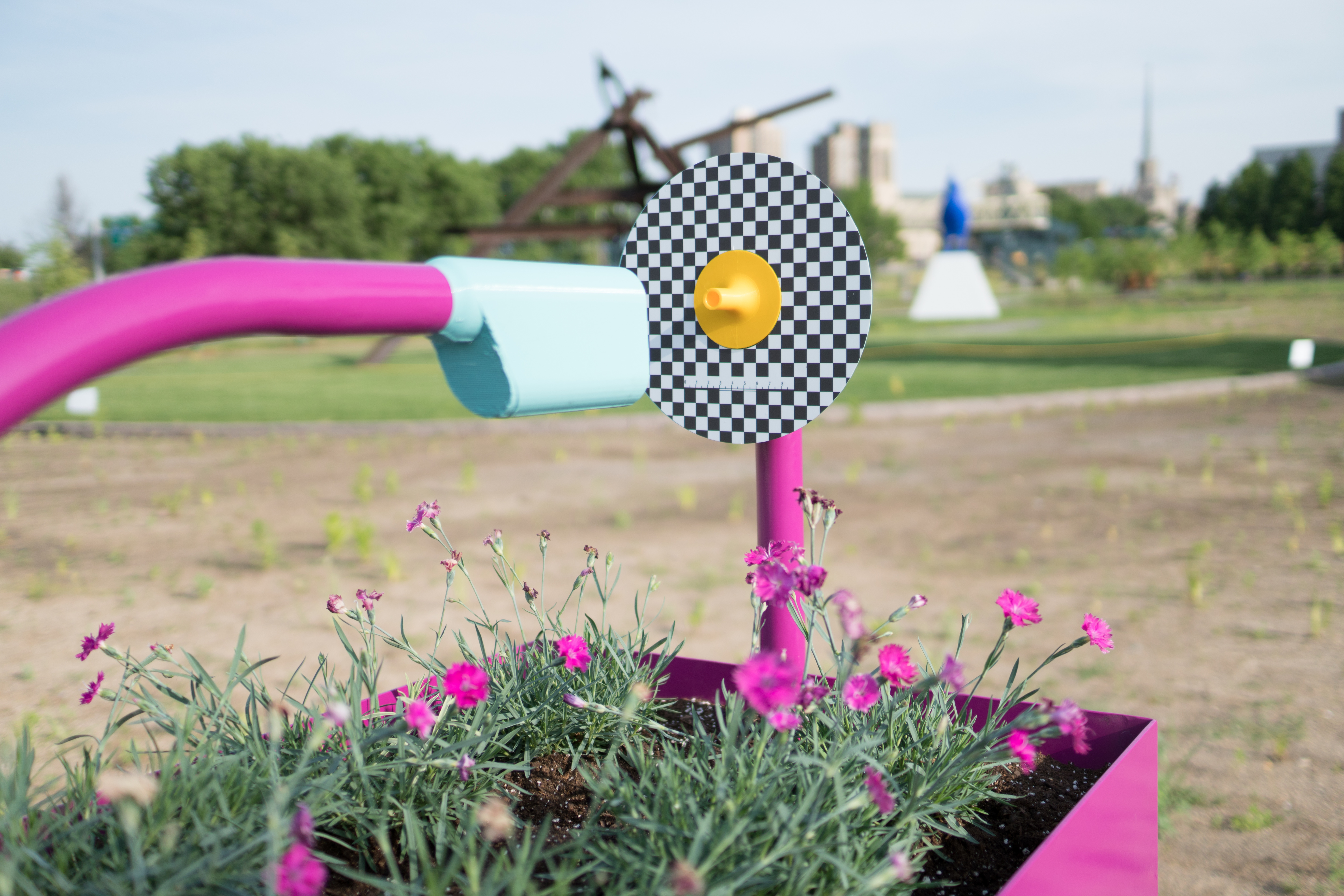
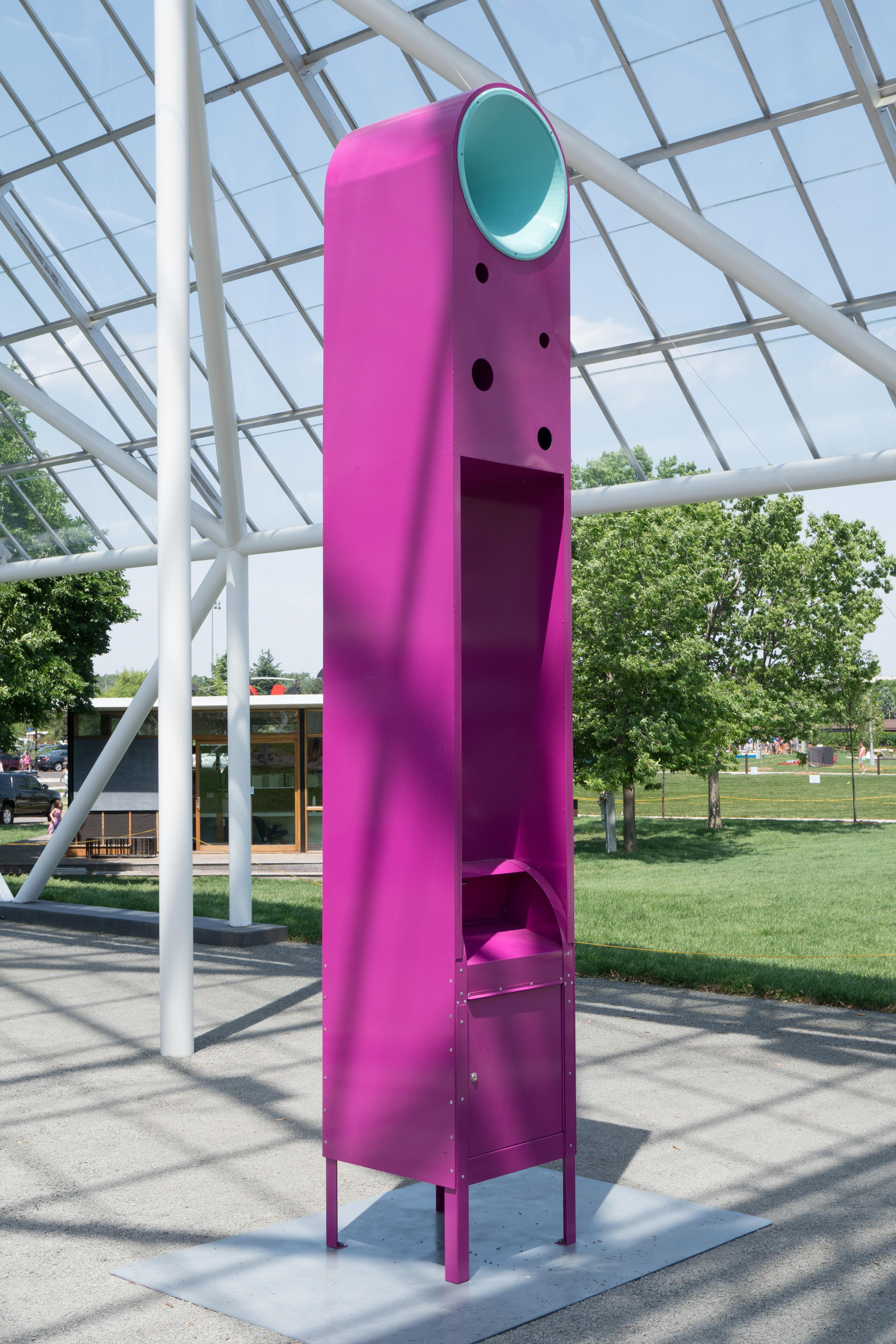
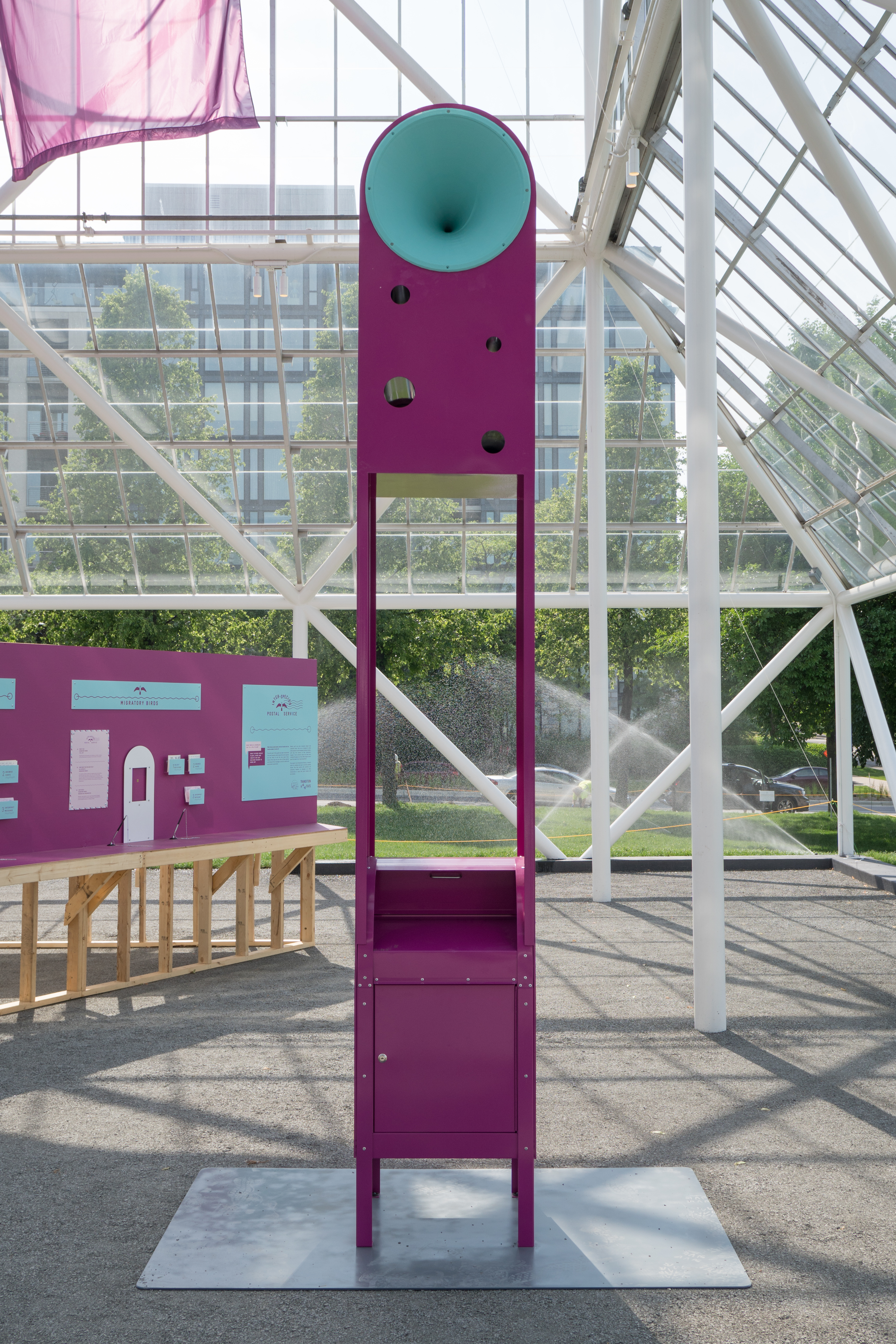
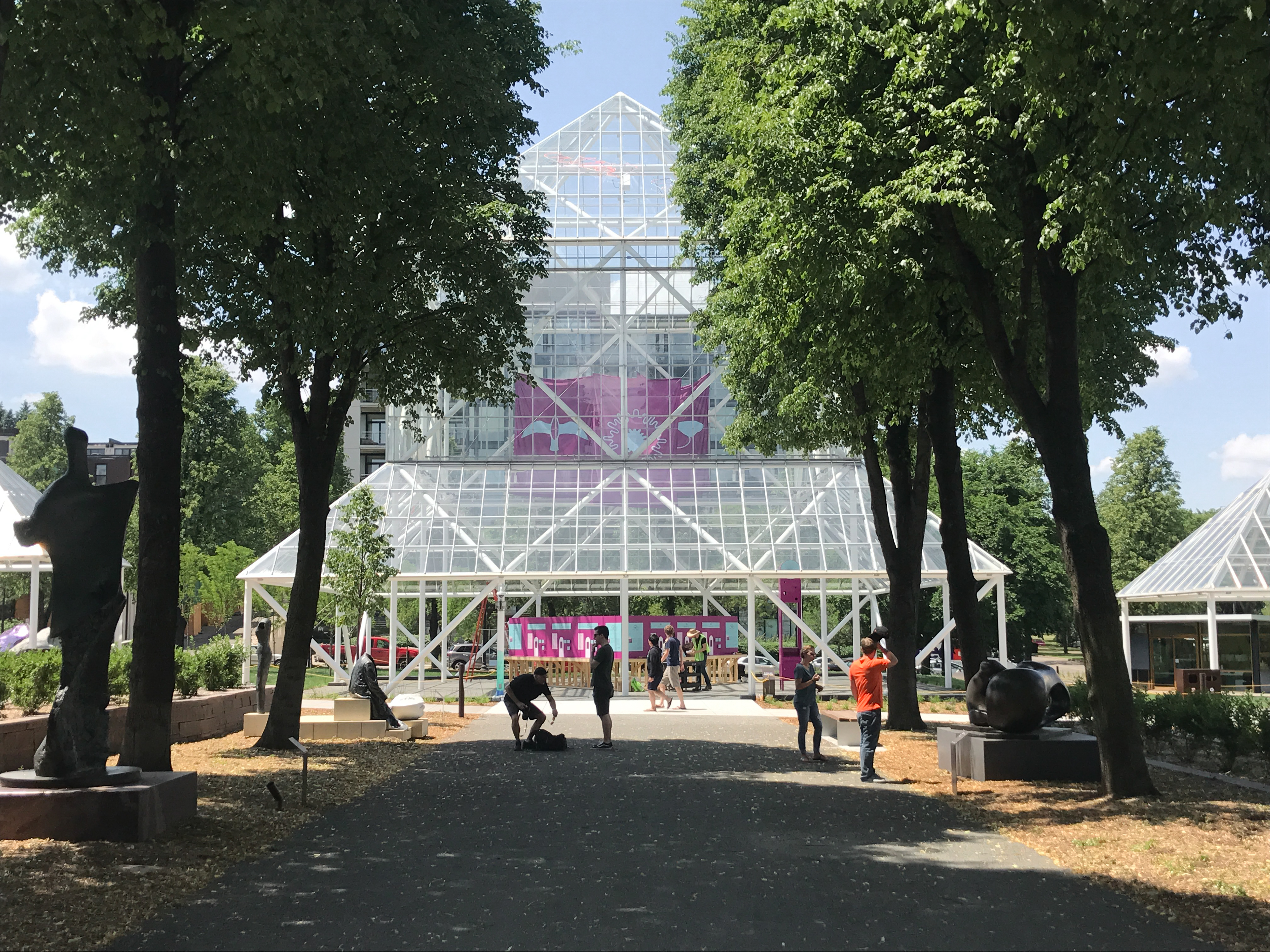



 Made possible with the generous support of The Walker Art Center. Special thanks to Jackie Stahlmann, Nisa Mackie, Ashleigh Wood, Frannie Kuhs and Ben Schwartz as well as our education facilitators. Many thanks to our fabricators, Allan Salmi and Street Factory Media. Funding for this project was provided by the Mississippi Watershed Management Organization.
Made possible with the generous support of The Walker Art Center. Special thanks to Jackie Stahlmann, Nisa Mackie, Ashleigh Wood, Frannie Kuhs and Ben Schwartz as well as our education facilitators. Many thanks to our fabricators, Allan Salmi and Street Factory Media. Funding for this project was provided by the Mississippi Watershed Management Organization.
As of September 2017, the mailboxes can be visited at the Franconia Sculpture Park, Mississippi Watershed Management Organization and the UMN Ecology Department building.